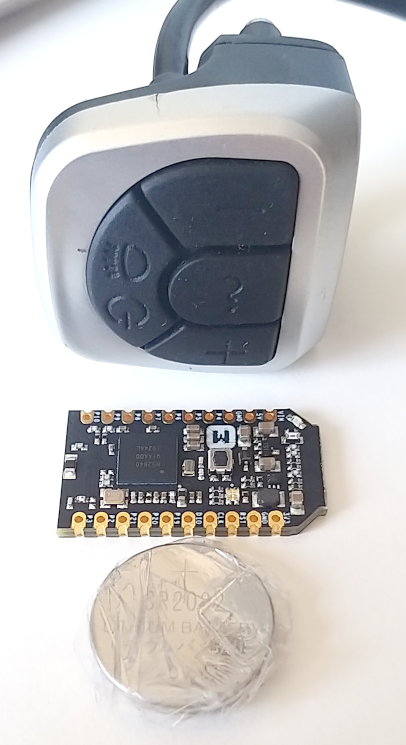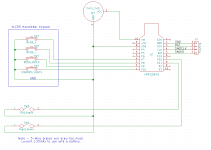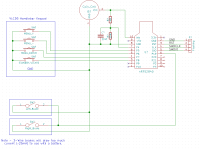casainho
10 GW
- Joined
- Feb 14, 2011
- Messages
- 6,045
It is 5V on TSDZ2. SW102 is 3.3V as also 860C. This displays have resistors in series on the lines... And In sure the TSDZ2 also has resistors in series on the lines.Headless said:@casainho - Can I just check one thing? What is the voltage of the TSDZ2 motor-controller's UART?
Given the brake input is pulled up to 5V I would have assumed that the procesor was running at 5V, but 3.3V seems to be the correct voltage for flashing it? The nRF52840 does not have 5V-tolerant GPIO when running at 3.3V and I can't find any mention of protection diodes to the power rails, which might be the case if they want to save every picowatt? It would make the GPIO rather vulnerable to
though....
I will try by myself and I have 2 extra boards in the case...





